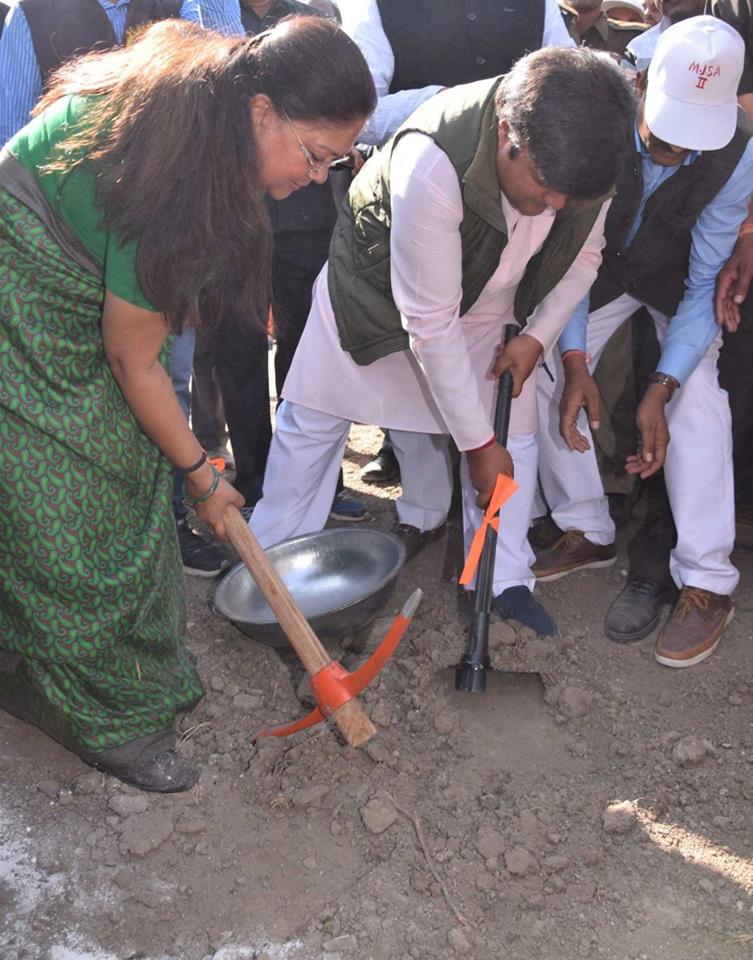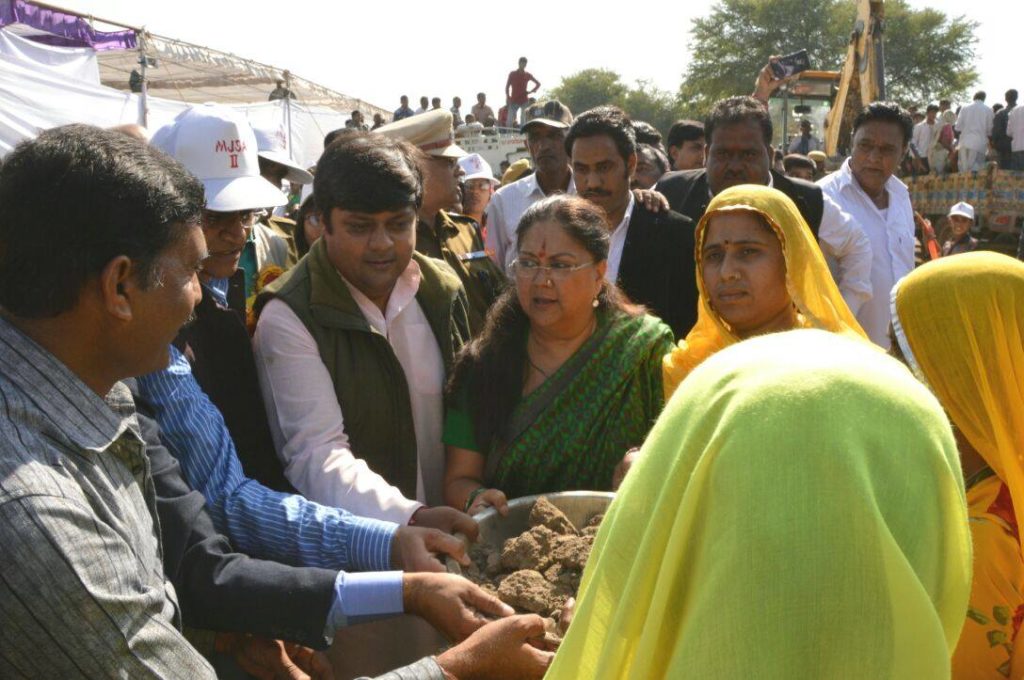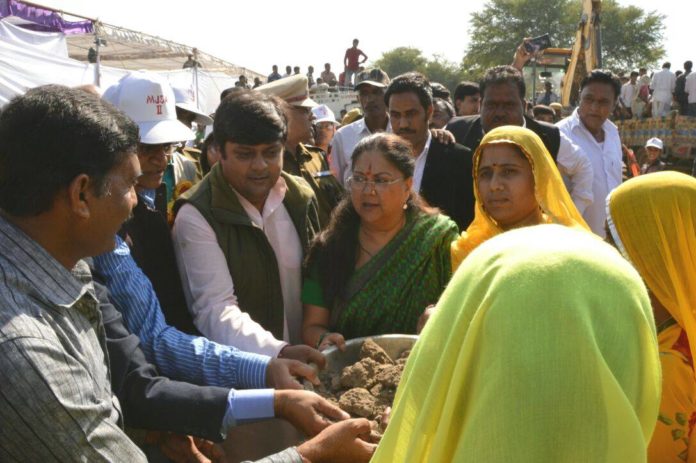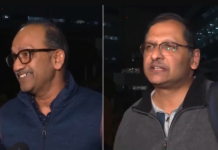The desert state of Rajasthan is called so for a purpose. The state dwindles between extreme temperatures in Summers and Winters; while summers usher scorching heat for all, winters are extremely brutal too. Earlier, Rajasthan was devoid of water resources and water supply. The adverse conditions of water ameliorated gradually. Thanks to the innovative technique adopted by Rajasthan Chief Minister Vasundhara Raje. The stellar scheme was named as Mukhyamantri Jal Swavlamban Yojana. As the name suggests, this scheme invoked Swavlamban (self- sufficiency), in every sense of the word. Now, the Rajasthan is hardly dependent on others for satiating its thirst or meeting its irrigation needs. The state is now on its toes to counter any water deficiency. This transformational regime was initiated about 3 years back when CM Raje assumed office. In a short period, the water levels in the state have shot up manifold, farmers are elated with adequate water supply, demand for tanker has fallen down sharply, amongst many other positive consequences of this wonderful scheme called MJSA. This scheme has been appreciated and acknowledged the world over. Indian states have emulated Rajasthan’s strategy to swell up water levels in their respective geographical boundaries.

An insight into post-MJSA II phase figures
Villagers and residents of rural areas absconded from their homes due to water shortage issues. Now, the situation is completely reverse. People from various areas are coming to settle in Rajasthan as they eye on lucrative business opportunities and better agricultural practices in the state.
The MJSA scheme has revitalized a slew of villages in the state. Now the state boasts of adequate drinking water and ample water for irrigation purposes. After the successful implementation of MJSA and ongoing II phase, there was a need to accurately evaluate the water condition before and after MJSA implementation. For this purpose, a detailed list of figures was requested from the PHED Rural department. In the month of April last year, demand for 1991 tankers/ day was raised by 577 villages. Due to the blazing heat in May, the demand for tankers rose by almost 6 times. About 3025 villages demanded a total of 5450 tankers per day till May 15, 2016. By such huge demand, we can easily comprehend the intensity of heat which Rajasthan embraces. Well, the pain was only short lived. The hard work and diligence of CM Raje along with cooperating villagers reaped super positive results.
Contrastingly, 2017 was a really impressively year for MJSA aftermath in Rajasthan. The villagers’ demand for tankers fell sharply due to the adequate supply of water in the state. 225 villages demanded a total of 585 tankers in April 2017. In May 2017, 853 villages demanded 1421 tankers. A detailed analysis of these figures will reveal that along with shrink in demand for water tanker, the number of villages in the state has also squeezed.
Breakthrough outcome of MJSA-I phase
MJSA is not a mere scheme, it has proved to be the fuel for manifesting dreams of rural residents, especially farmers. MJSA is about collecting, allocating and optimizing the utilization of rainwater. Raje urged all rural residents to buttress the initiative of conserving water in the state. CM Raje especially urged influential people to lend their hands for this purpose. Water wells, tanks, wells, rivers, and canals were thoroughly cleaned to ensure that rainwater can be conservated in them.
In the first phase of MJSA, 93801 works were completed in around 3421 districts of the state. Districts like Ajmer, Kota, Jaisalmer, Hanumangarh have witnessed immense work in this regard. The number of tankers deployed in 2016 and 2017 portrays striking and unbelievable contrasts. 1552 tanker trips were deployed in 2016, while in 2017, the deployment figure is less than half of that in 2016. Only 674 tanker trips were deployed in 2017 across villages of MJSA Phase-I.

Bullish on MJSA Phase-II
More than 4,200 new villages and 66 cities have been integrated into the MJSA- II Phase which commenced on December 9, 2016. A whopping budget of 2100 crore has been allocated for revitalizing water sources in the state. Maintenance works, construction and revamping of wells, canals and ponds will be completed in this phase. The concept of rainwater harvesting will be encouraged in the state. 21000 villages will be benefitted from MJSA – II phase which will prove to be another big milestone in Rajasthan’s journey of water conservation.












